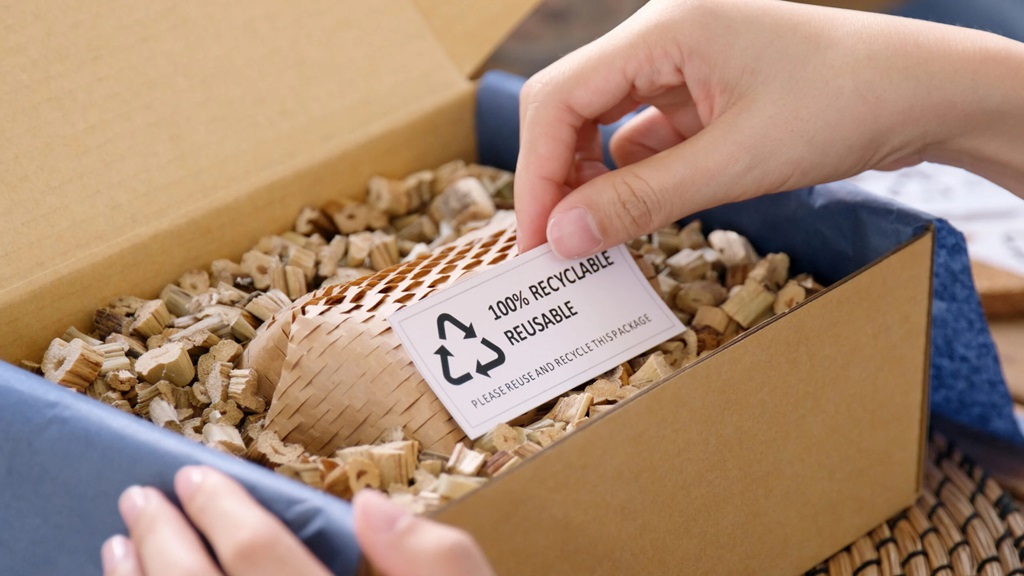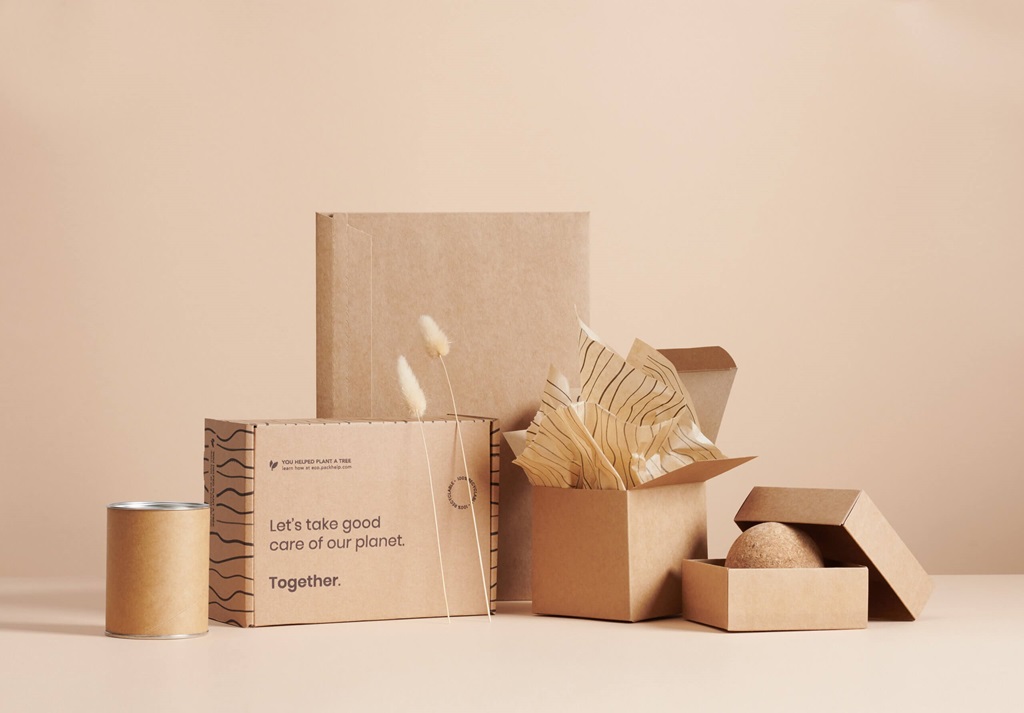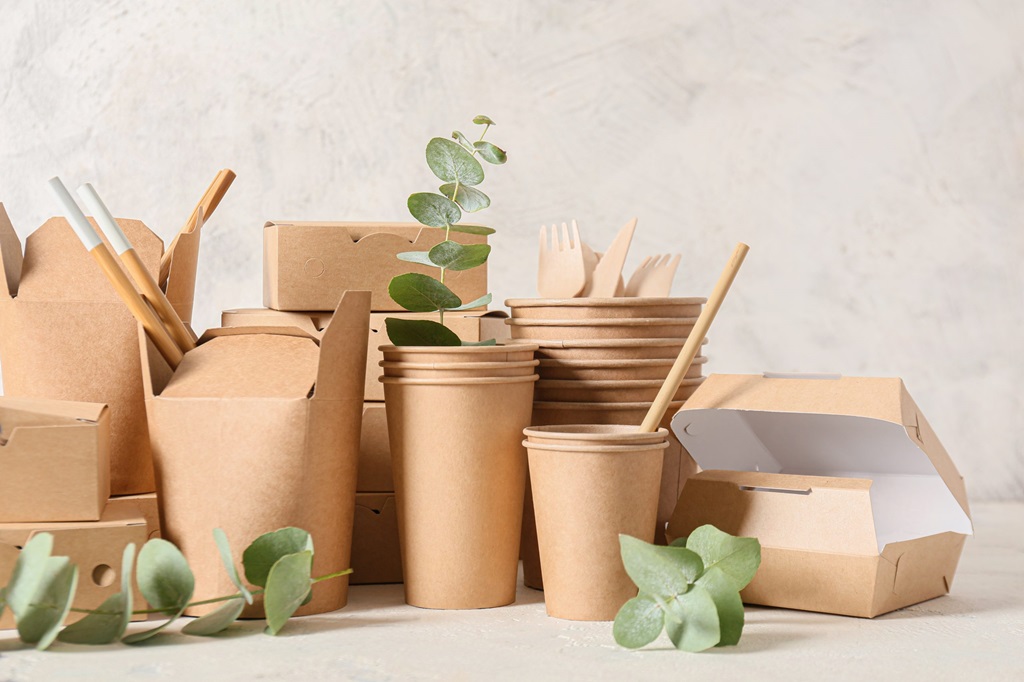In a world increasingly conscious of its environmental impact, the demand for sustainable practices has extended to the way products are packaged. eco-friendly packaging has emerged as a pivotal solution, offering a myriad of benefits that go beyond environmental preservation. This article explores the multifaceted advantages of embracing eco-friendly packaging.
Benefits of Eco-Friendly Packaging?
As our planet faces unprecedented environmental challenges, the need for sustainable solutions has never been more critical. This extends to every facet of our lives, including how we package and consume products. Eco-friendly packaging has become a beacon of hope, providing a way for businesses to reduce their ecological footprint while meeting consumer demand for sustainable choices.
Reduced Environmental Impact
One of the primary advantages of eco-friendly packaging is its significantly reduced environmental impact compared to traditional packaging methods. Conventional packaging often relies on non-renewable resources, contributing to deforestation and increased carbon emissions. In contrast, eco-friendly packaging promotes the use of recycled materials, minimizing the strain on our planet’s resources.
Moreover, the production and disposal of traditional packaging materials contribute substantially to environmental pollution. Eco-friendly packaging, on the other hand, focuses on sustainable practices that lower the carbon footprint, helping to preserve ecosystems for future generations.
Biodegradability and Compostability
Eco-friendly packaging goes beyond the use of recycled materials; it embraces biodegradability and compostability. Packaging materials that decompose naturally have a positive impact on waste management systems. Unlike conventional packaging that can linger in landfills for centuries, eco-friendly alternatives break down into non-toxic components, contributing to healthier and more efficient waste disposal processes.
The shift towards biodegradable and compostable packaging aligns with a global commitment to minimizing the environmental impact of human activities. It’s a small yet significant step toward creating a more sustainable and balanced ecosystem.
Energy Efficiency in Production
Another compelling benefit of eco-friendly packaging is the emphasis on energy efficiency in production. Traditional packaging processes often involve energy-intensive manufacturing methods, leading to higher greenhouse gas emissions. Eco-friendly packaging, however, prioritizes energy conservation and the use of renewable energy sources.
Businesses adopting sustainable packaging not only reduce their carbon footprint but also contribute to the broader goal of transitioning to a cleaner, more sustainable energy future. This not only benefits the environment but also positions companies as responsible stewards of the planet.
Brand Image and Consumer Trust
In an era where consumers are increasingly informed and discerning, a brand’s image is crucial to its success. Eco-friendly packaging plays a significant role in shaping a positive brand image and earning consumer trust. As more people prioritize sustainability in their purchasing decisions, businesses that align with these values stand to gain a competitive edge.
Resource Conservation
Many eco-friendly packaging materials are made from renewable resources, such as bamboo, sugarcane, or recycled paper. This promotes the responsible use of resources, helping to preserve natural habitats and biodiversity.
Waste Reduction
Eco-friendly packaging is designed to create less waste and pollution. Materials like biodegradable plastics or compostable packaging break down more easily, reducing the amount of waste that ends up in landfills and oceans.
Consumer Preference
As environmental awareness grows, consumers are increasingly looking for products with sustainable and eco-friendly packaging. Choosing such packaging can enhance a company’s image, attract environmentally conscious customers, and foster brand loyalty.
Regulatory Compliance
Governments and regulatory bodies are implementing stricter regulations on packaging materials to reduce environmental impact. Choosing eco-friendly packaging helps businesses stay compliant with evolving environmental standards and regulations.
Innovation and Technological Advancements
The demand for eco-friendly packaging has led to increased research and development in sustainable materials and technologies. Choosing these options encourages further innovation and the development of more sustainable packaging solutions.
Corporate Social Responsibility (CSR)
Adopting eco-friendly packaging aligns with corporate social responsibility initiatives. It demonstrates a commitment to sustainable business practices, contributing to a positive corporate image and fostering a sense of responsibility towards the environment.
Cost Savings in the Long Run
While initial costs for eco-friendly packaging materials might be slightly higher, businesses can often realize long-term cost savings through reduced waste disposal expenses, potential tax incentives, and improved brand loyalty that can lead to increased sales.
Long-Term Viability
As the world moves towards a more sustainable future, businesses that embrace eco-friendly practices are likely to be better positioned for long-term success. Adapting to changing consumer preferences and environmental considerations ensures a company’s viability in a progressively eco-conscious market.
Conclusion
In conclusion, the benefits of eco-friendly packaging extend far beyond environmental preservation. From reduced environmental impact to enhanced brand image and cost-effectiveness for businesses, the advantages are both diverse and impactful. As consumers become more conscientious about their choices, the adoption of eco-friendly packaging is not just a trend but a necessity for businesses aiming for long-term success. By prioritizing sustainability, companies contribute to a healthier planet while reaping the rewards of increased consumer trust and loyalty.
FAQs (Frequently Asked Questions)
Is eco-friendly packaging more expensive for businesses?
- Despite initial costs, eco-friendly packaging often proves cost-effective in the long run due to savings in resources and potential government incentives.
How can consumers contribute to promoting eco-friendly packaging?
- Consumers can make a difference by choosing products with eco-friendly packaging and raising awareness about the importance of sustainable choices.
Are there specific regulations for eco-friendly packaging?
- Yes, there are existing regulations, and businesses should adhere to them to ensure their packaging meets the required sustainability standards.
What are some innovative eco-friendly packaging materials?
- Innovations include plant-based plastics, mushroom packaging, and seaweed-based materials, providing sustainable alternatives to traditional packaging.
How can businesses overcome the challenges of transitioning to eco-friendly packaging?
- Businesses can overcome challenges through education, collaboration, and gradual implementation, addressing both internal and external obstacles.






